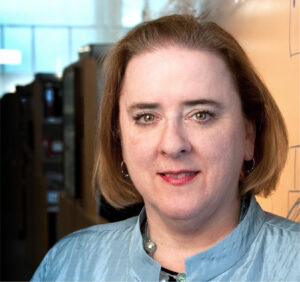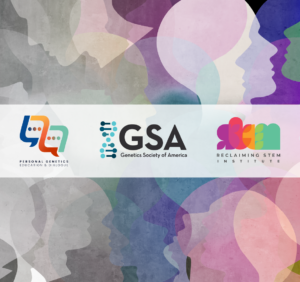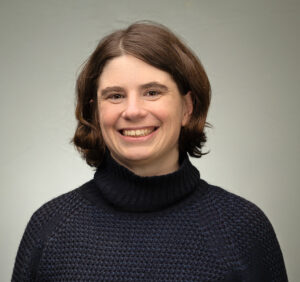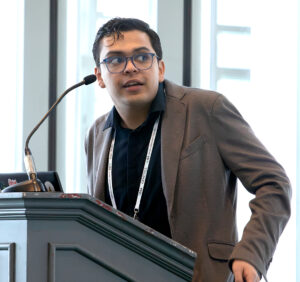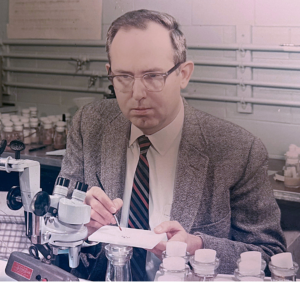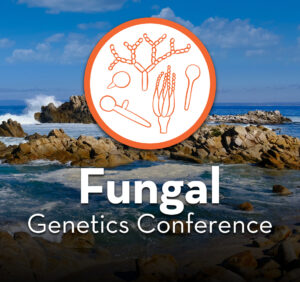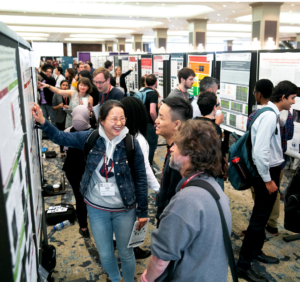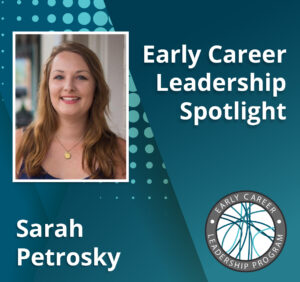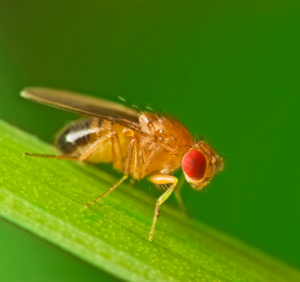Meiotic recombination is at the core of genetic variation, and a detailed understanding of recombination rates can help researchers better understand the evolutionary history of a given species. New research from the January 2025 issue of GENETICS provides the first comprehensive analysis of recombination dynamics in barn owls.
When homologous chromosomes crossover during meiosis, the resulting recombination may increase genetic variation in the next generation, with important evolutionary consequences. Crossover can be beneficial—potentially offering faster adaptation to a changing environment and more efficient selection—but it can also impede adaptation through harmful chromosomal arrangements and increase local mutation rates. The net outcome of recombination—whether it is ultimately beneficial or detrimental—is context-dependent and can differ between populations, sexes, and genomic coordinates.
Understanding the evolutionary consequences of recombination in a given species requires understanding the overall recombination landscape and distinguishing it from other events that also vary the genome. To accomplish this, Topaloudis et al.combined two complementary methods: linkage mapping within a known pedigree and linkage disequilibrium (LD)-based inference across a population.
For linkage mapping, the authorscapitalized on the available pedigreed population and sequenced the genomes of 250 owls belonging to 28 families. This data let them identify linkage groups on chromosomes and quantified differences in recombination rate between sexes. Measurement of linkage disequilibrium requires a high-quality genome assembly, so Topaloudis and colleaguescombined whole genome sequences of 176 previously-published individuals with sequence data from 326 new individuals to build a high-confidence set of polymorphisms spanning the geological diversity in the species. This new resource allowed for the estimation of LD between markers.
Together, this combined approach revealed three major axes of variation in the recombination landscape of the barn owl. First, while the overall length of genetic maps showed no clear differences between males and females, there were fine-scale, sex-specific differences in crossover placements. Second, crossovers per chromosome were limited to one or two in barn owls; however, there was large variation in the location of the crossovers in different linkage groups. Finally, at a more fine-scale resolution, recombination rates increased in windows that contain transcription start sites and CpG islands. These recombination hotspots showed increased GC ratio and gene density.
Overall, these results provide a comprehensive overview of the species’ recombination landscape and expand our understanding of recombination variation in a previously unexplored part of the avian phylogeny.
References
The recombination landscape of the barn owl, from families to populations
Alexandros Topaloudis, Tristan Cumer, Eléonore Lavanchy, Anne-Lyse Ducrest, Celine Simon, Ana Paula Machado, Nika Paposhvili, Alexandre Roulin, Jérôme Goudet
GENETICS. January 2025. 229(1).
DOI: 10.1093/genetics/iyae190













